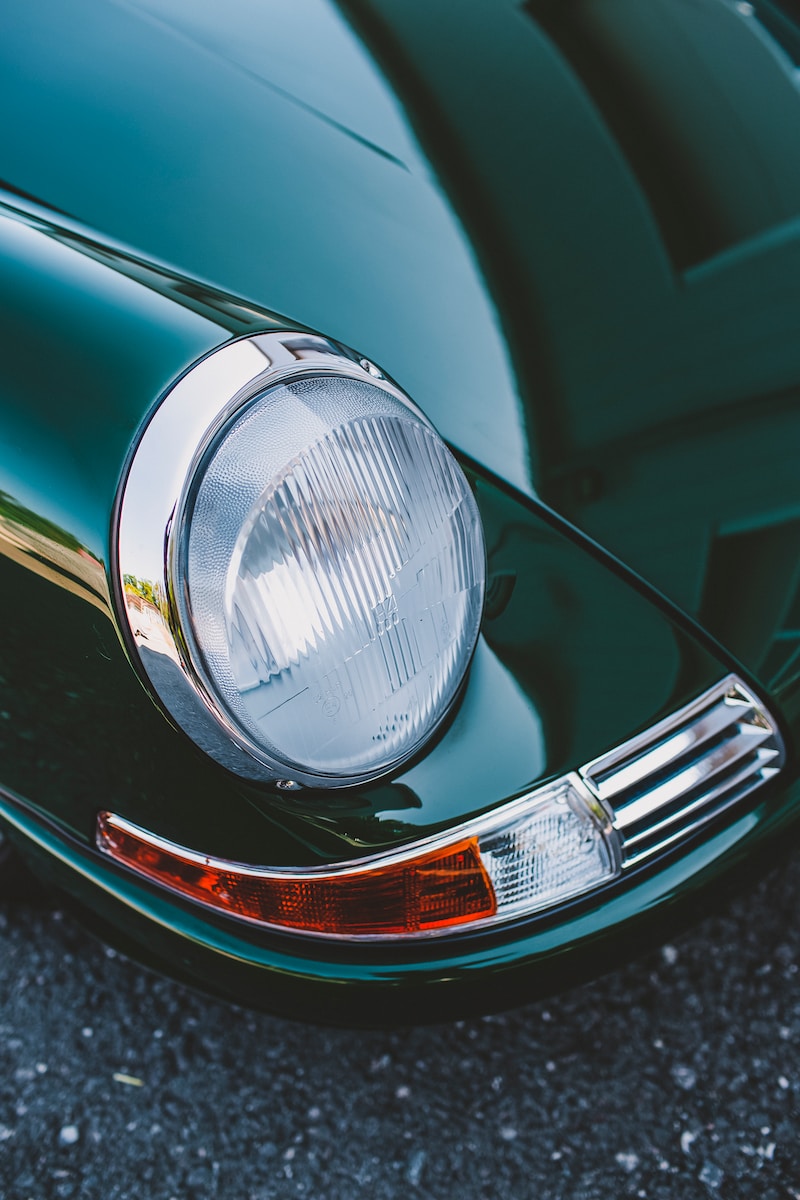Contents Show
Classic cars are popular vehicles among car lovers. They exude history and nostalgia, and restoring a classic car to its former condition can be a rewarding and fulfilling experience. Whether you own a classic car, motorcycle, or truck, the restoration process can be intimidating. But no worry! In this blog, we give you some practical tips to get you started restoration of your classic car.
Make a plan
Before you start restoring your classic car, you should have a clear plan. Ask yourself several questions: What is the actual goal of the restoration? Do you want that Oldtimer restore it to its original state or give it a modern upgrade? How much time and money are you willing to invest? By answering these questions, you can create a realistic plan and set goals for the restoration.
Gather information
Before you begin, you should gather as much information as possible about your particular vintage car model. Look for manuals, technical specifications, and other resources that can help you understand the structure and operation of your vehicle. You can also use online forums and communities to get advice and tips from other classic car enthusiasts. In addition, you can also deal with the original painting, because at CROP you can design car paints according to your wishes. This means you can fully immerse yourself in the exterior of the vehicle original state can reset if you can track down the original color with CROP car paint.
Get the right tools and equipment
The restoration of a classic car requires special tools and equipment. Make sure you have all the necessary tools before you begin. For example, think of screwdrivers, wrenches, welders and compressors. In addition, it can be useful to have a good workshop with enough space and good lighting.
Start with the basics
The restoration of a classic car often starts with the basic work. Check the bodywork for rust and corrosion and repair any damage. Also replace windows, doors, and other exterior parts as needed. It is also important to thoroughly inspect the engine and other mechanical parts and repair or replace them if necessary.
Take your time
Restoring a classic car is not a quick process. It requires patience and dedication. Take the time to carefully repair each part and pay attention to every detail. It can be tempting to rush, but doing so can lead to errors and an incomplete restoration. Take the time to understand each part and learn how to restore it properly.
Be creative
When restoring a classic car, you sometimes have to find creative solutions. Parts can be hard to find or are no longer manufactured. Instead of giving up, you should be creative and look for alternative solutions. This can mean making parts yourself or using modern parts that are compatible with your classic car.
Document the process
During the repair it is important to document the process. Take before and after photos of the restoration, noting what steps you took and what parts you replaced. This is not only useful for you, but also if you want to sell the classic car.
Learn from your mistakes
Restoring a classic car is a learning process. It is normal to make mistakes and encounter obstacles. It is important that you learn from these mistakes and see them as learning moments. Don't be afraid to ask for help or seek professional help if you get stuck. Restoring a classic car is a challenge, but with the right attitude and dedication, it's definitely doable.
Restoring a classic car to its former condition can be a rewarding experience. It takes time, patience and dedication, but the result is a beautiful vehicle that breathes history. With these tips, you are well on your way to restoring your classic car and enjoying it again. Good luck!






